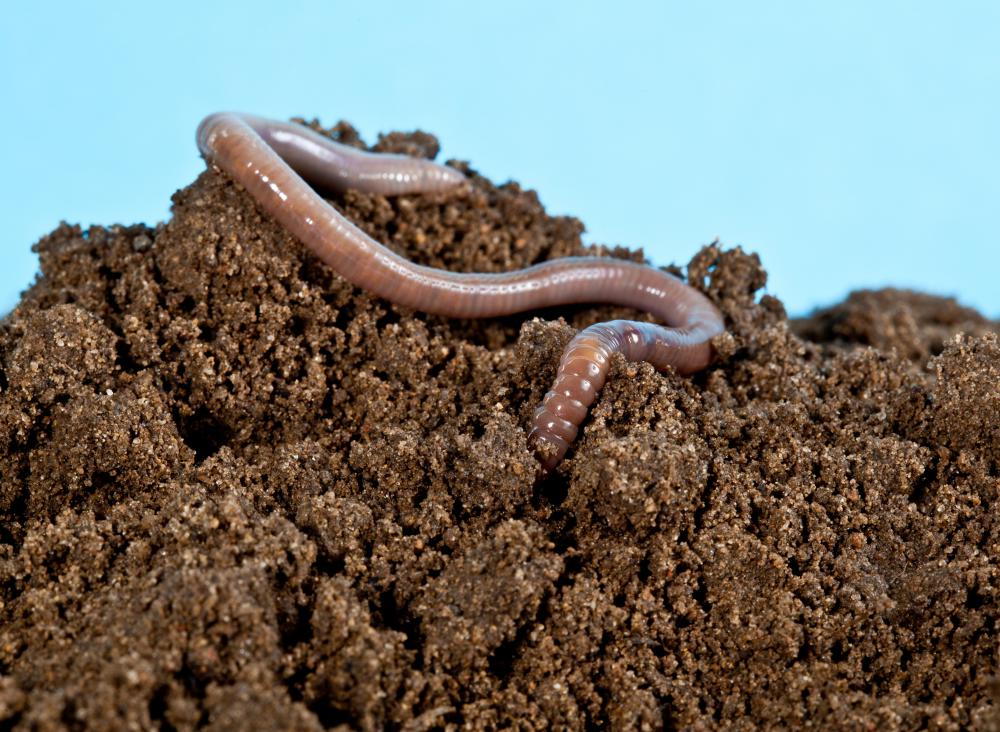At WiseGEEK, we're committed to delivering accurate, trustworthy information. Our expert-authored content is rigorously fact-checked and sourced from credible authorities. Discover how we uphold the highest standards in providing you with reliable knowledge.
What is a Rock Bass?
Amblophites rupestris is more commonly referred to as a rock bass, rock perch, goggle eye, or red eye. Found in many parts of eastern North America, the rock bass bears a strong resemblance to another freshwater fish, the smallmouth bass, although it is smaller. Because of this and because it can usually be found in rocky areas, it is typically referred to as a rock bass, even though it is a member of the Centrarchidae, or sunfish, family.
Rock bass can be found in freshwater lakes, rivers, and streams of North America, usually in the central or eastern parts of the country. They seem to prefer clear, cool water with a lot of rocks and vegetation to hide in. One area where they are particularly abundant is the Great Lakes, situated between Canada and the United States. It was in Lake Erie that a world record rock bass was caught. It weighed more than 3 pounds (1.4 kg), although these types of fish typically weigh in at around 1 pound (0.45 kg), and the average length of a rock bass is typically no larger than 10 inches (25.4 cm).

The bodies of these fish are typically laterally compressed, ranging from a light silverish brown or olive green to a dark brown or olive green. They can quickly change color, lightening or darkening to blend in better with their surroundings. Dark blotches or spots on the sides of rock bass also help camouflage it. Along the top and bottom of the body, there are a number of sharp spines that protrude from the dorsal and anal fins, and they have large mouths and red eyes with a dark patch underneath.
During the spring months, when the water starts to warm up, rock bass will start to spawn. The males will build a circular nest that is roughly 9 inches (23 cm) in diameter. This is done by fanning his tail in gravel at the bottom of a lake or stream. When she is ready, a female will come into the nest and get ready to lay her eggs, and as soon as the eggs are laid, the male will fertilize them. When all of the eggs are laid, the female will leave the nesting area.
It is the male that stays to guard the nest and look after the young. He will defend his eggs, which will typically hatch a few days after fertilization. Another few days after that, the young are ready to leave the nest and find food on their own.
A rock bass' diet can consist of any number of things, and the adult fish typically feeds more during the morning and night hours. The younger fish will usually feed on insects, while larger rock bass can eat smaller fish and even crayfish. Many times, fishermen will accidentally catch them when trying to hook smallmouth bass. Most of the time, they will go after live bait, like earthworms, but they have been known to attack small artificial bait, like swivels and fake larvae.
AS FEATURED ON:
AS FEATURED ON:











Discuss this Article
Post your comments